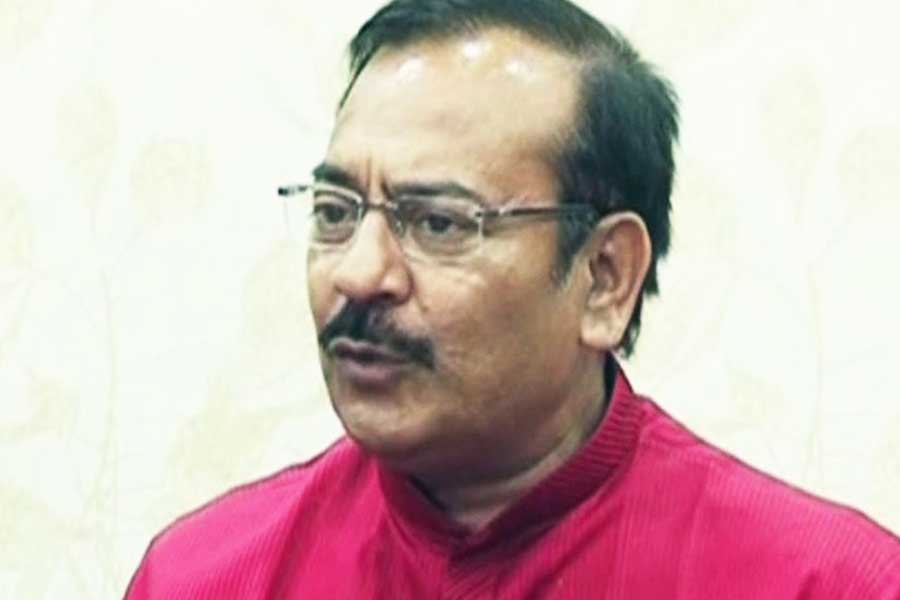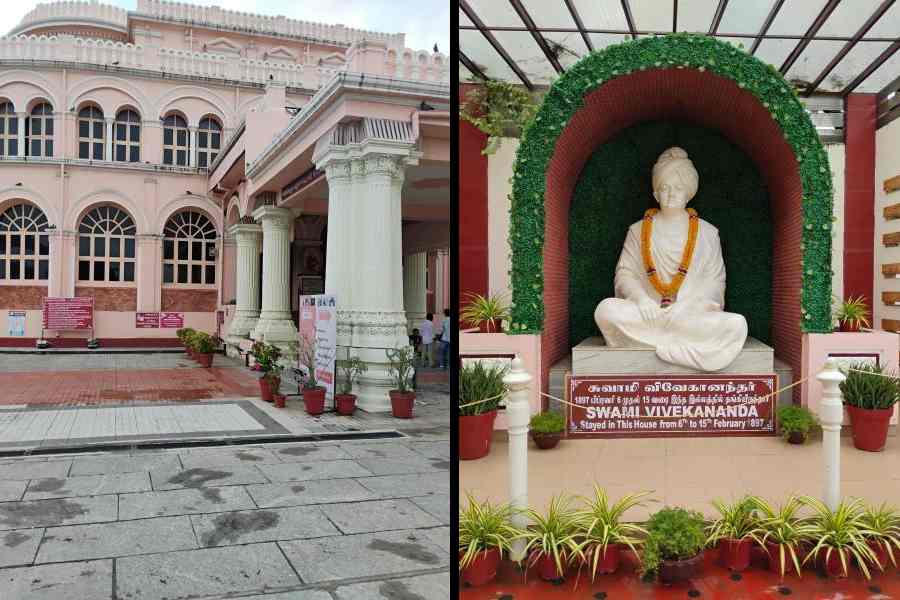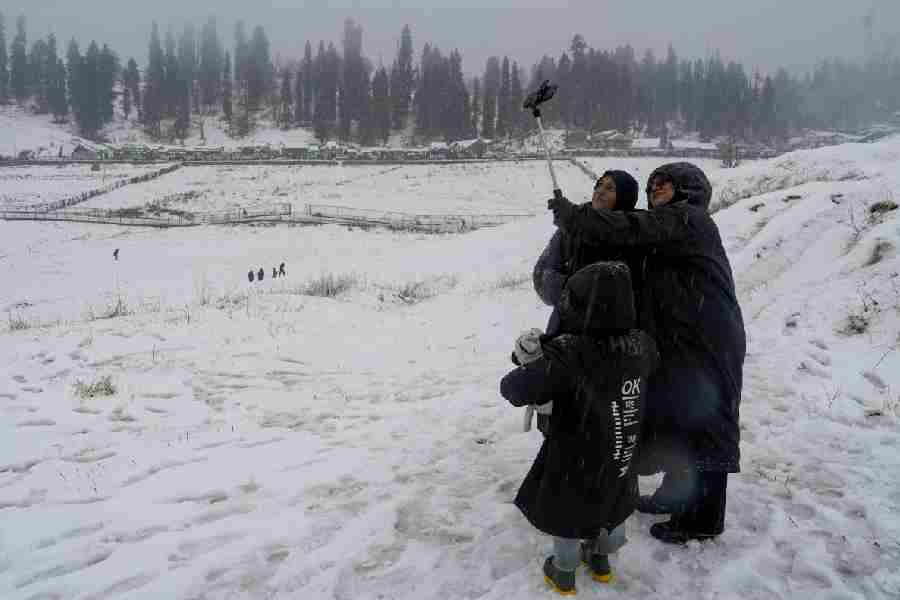A doctor’s prescription should spell out how to take medicines, its frequency and timing, in the language a patient speaks instead of only writing abbreviations in English, several doctors said at a discussion on International Mother Language Day on Friday.
The discussion emphasised writing a prescription in the patient’s mother tongue so that the patient did not need to reach out to a third person to understand its content.
Partha Sarathi Mukherjee, secretary of Liver Foundation, West Bengal, spoke about how medical terms written on a prescription are often misunderstood by patients.
“A doctor writes hepatomegaly in the prescription, which is actually enlarged liver. But I have seen patients fretting over it thinking that they have been diagnosed with cancer. If the doctor writes clearly that the patient has an enlarged liver, then the diagnosis gets communicated to the patient,” said Mukherjee.
“If the patient understands English, then write what has been diagnosed in English. If the patients understands only Bengali, then write in Bengali,” said Mukherjee.
Doctors said the disease awareness and health awareness were so poor in countries like India that the prescriptions should be intelligible for patients.
The panellists agreed that if not the entire prescription, at least the portion on how to take the medicines, what tests to be done and when to revisit should be written in one’s mother tongue.
Madhumita Mukho-padhyay, head of general surgery at Diamond Harbour Medical College and Hospital, said doctors often write terms like TDS (thrice daily) and BD (twice daily) in a prescription, which are abbreviations for how many times in a day a medicine has to be taken.
“Sometimes even non-medical staff in a hospital does not understand the prescriptions, how will the patients understand?” Madhumita asked.
“If we want to heal a patient, then we need to create a connection with the patient. To do that, it is essential that the patient clearly understands his treatment,” said Kiran Kumar Mukhopadhyay, an orthopaedic surgeon with NRS Medical College and Hospital.
Mukhopadhyay said he has now made it a point to write in Bengali how to take the medicines for patients who cannot read any language other than Bengali.
Theatre actor Debshankar Haldar, surgeon Kalyan Sarkar and gastroenterologist Asokananda Konar were among the other speakers at the discussion.
The panellists said that writing prescriptions in patients’ language poses challenges for doctors as the entire medical literature is in English and communicating in another language can be tricky at times.
Also, a doctor in Calcutta who knows only English and Bengali might fail to communicate properly to patients who understand either Hindi or Urdu.
Abhijit Chowdhury, the mentor of Liver Foundation, said Friday’s discussion was only an effort to start a conversation. “We are in no way trying to impose anything on anyone. We are not anti-English language. We also want to know the counter views. We need to understand the challenges and obstacles in the way of what we are proposing,” he said.
Liver Foundation, West Bengal Orthopaedic Association and the West Bengal chapter of The Association of Surgeons of India organised the discussion.










